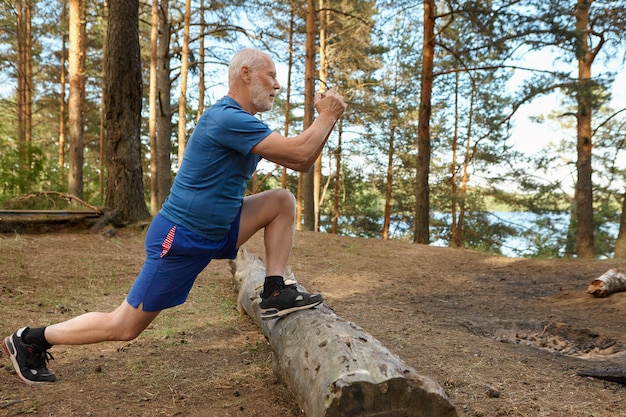25 Smart Cross-Training Strategies to Protect Your Joints—Start Fast, Stay Consistent, and Track Progress Weekly
If you're a weekend warrior—someone who packs intense physical activity into limited free time—joint health is critical. Overuse, poor recovery, and repetitive strain can lead to long-term discomfort or injury. The good news? Cross-training isn’t just for elite athletes. It’s a powerful tool to protect your joints, enhance performance, and stay active without burnout.
This guide delivers 25 science-backed, practical strategies to help you build joint resilience through smart cross-training. Whether you're into running, cycling, or weekend hikes, these tips will help you start fast, stay consistent, and measure real results every week.
Why Joint Protection Matters for Weekend Warriors
Weekend warriors often face a unique challenge: high-intensity activity after days of inactivity. This pattern increases joint stress, especially in the knees, hips, and shoulders. Over time, this can lead to inflammation, cartilage wear, and early-onset osteoarthritis.
Cross-training—engaging in multiple types of exercise—reduces repetitive strain by distributing physical load across different muscle groups and joints. It improves flexibility, stability, and muscular balance, all of which support joint longevity.

25 Ways to Protect Your Joints with Cross-Training
- Alternate Impact Levels: Pair high-impact workouts (like running) with low-impact ones (like swimming or cycling) to reduce joint stress.
- Incorporate Strength Training: Build muscle around joints for better support. Focus on glutes, quads, and core muscles.
- Use Resistance Bands: These provide joint-friendly resistance that enhances stability without heavy loads.
- Try Water Workouts: Aquatic exercises reduce joint compression while improving endurance and mobility.
- Add Yoga or Pilates: Improve flexibility, balance, and joint range of motion.
- Warm Up Properly: Spend 10 minutes on dynamic stretches before workouts to prepare joints for movement.
- Cool Down with Static Stretching: Helps reduce stiffness and supports joint recovery.
- Track Your Weekly Activity: Use a journal or app to log workouts, joint comfort, and energy levels.
- Limit Repetitive Motions: Avoid doing the same workout two days in a row to prevent overuse injuries.
- Focus on Form, Not Speed: Proper technique reduces joint strain during any exercise.
- Include Balance Exercises: Single-leg stands or stability ball work improve joint proprioception.
- Hydrate Daily: Joints need water for lubrication. Aim for at least 2 liters per day.
- Get Enough Sleep: Recovery is when joints repair. Aim for 7–8 hours nightly.
- Consume Joint-Supportive Nutrients: Include omega-3s, vitamin D, and collagen-rich foods in your diet.
- Use Foam Rolling: Helps release muscle tightness that can pull on joints.
- Wear Supportive Footwear: Proper shoes reduce impact on knees and hips.
- Listen to Joint Pain: Sharp or persistent pain is a signal to rest or modify activity.
- Try Elliptical Training: Mimics running motion with less joint impact.
- Practice Mindful Movement: Activities like tai chi improve joint control and reduce stress.
- Set Weekly Goals: Track consistency, not just performance. Aim for 3–4 varied workouts per week.
- Include Mobility Drills: Hip circles, ankle rolls, and shoulder rolls maintain joint fluidity.
- Avoid Overtraining: More isn’t always better. Allow at least one full rest day per week.
- Use Low-Load, High-Repetition Sets: Builds endurance without stressing joints.
- Try Cycling Indoors: A joint-friendly cardio option that strengthens leg muscles.
- Measure Progress Weekly: Note improvements in endurance, flexibility, or reduced joint discomfort.
- Stay Consistent, Not Perfect: Small, regular efforts yield better joint protection than sporadic intense sessions.
How to Track Your Joint Health Weekly
Consistency is key. Use a simple weekly tracker to monitor:
- Type of workouts completed
- Duration and intensity
- Joint comfort level (rate 1–10)
- Sleep quality and recovery
- Any stiffness or pain
Over time, you’ll notice trends—like which activities improve joint comfort or which need modification. Adjust your plan accordingly.

Final Thoughts
Protecting your joints doesn’t mean slowing down—it means training smarter. With cross-training, you can stay active, enjoy your weekend adventures, and reduce long-term wear and tear. Start with a few of these 25 strategies, build consistency, and track your progress weekly. Your joints will thank you for years to come.
















